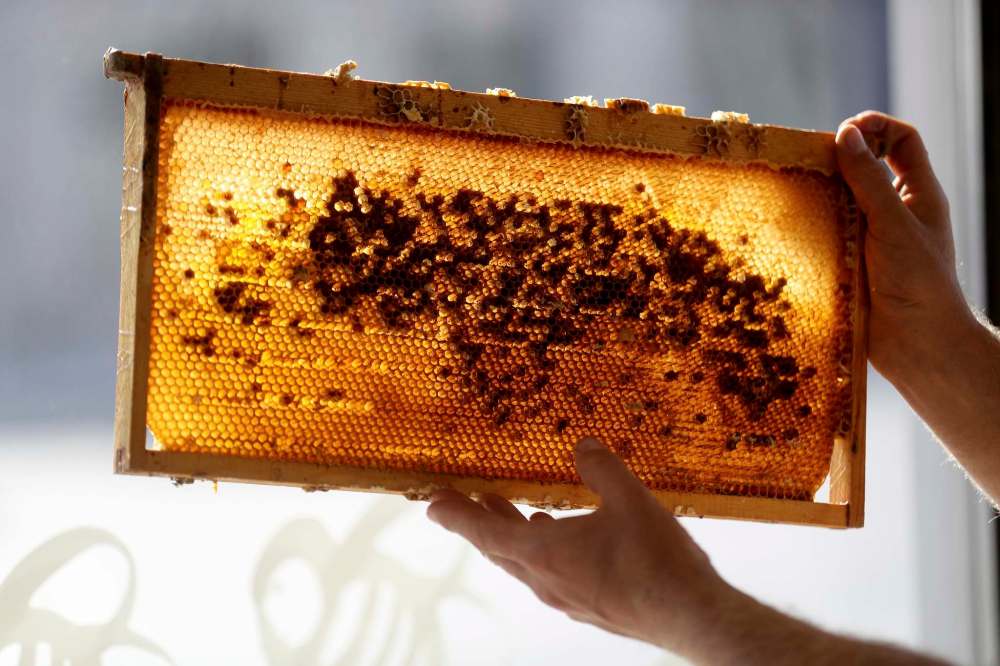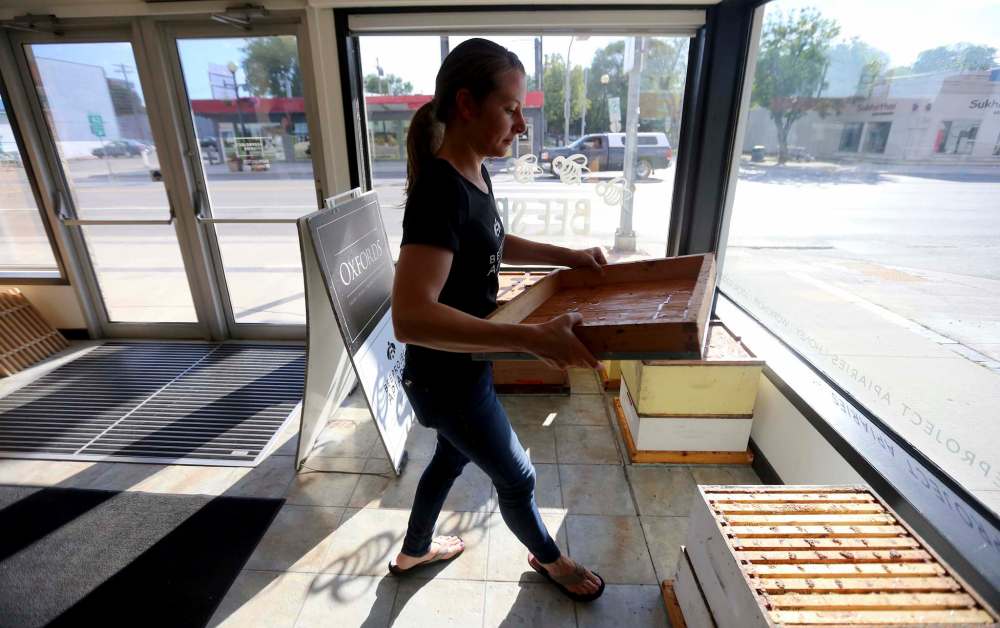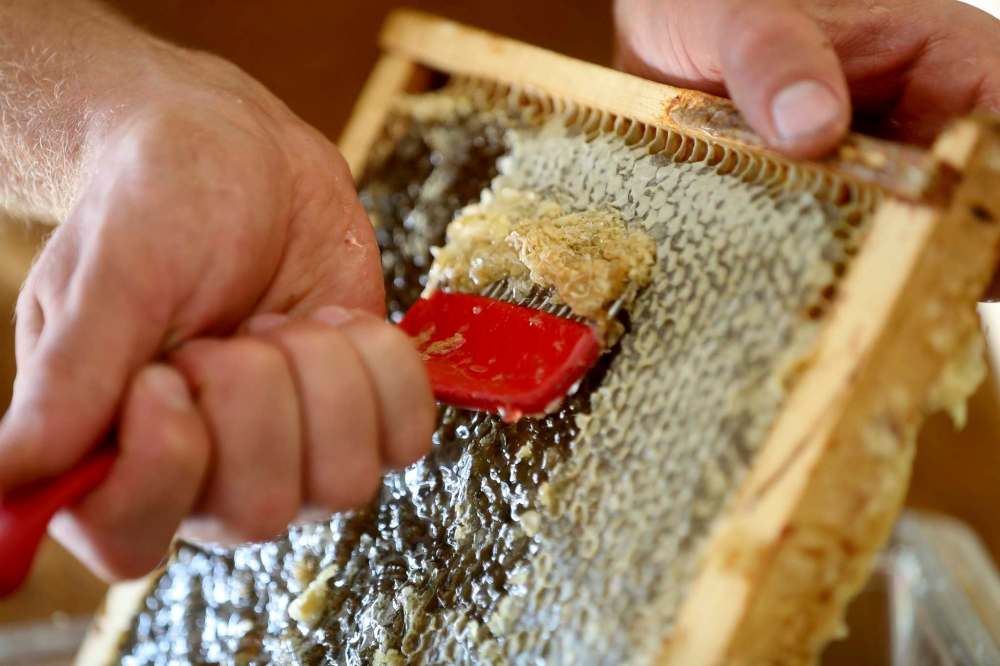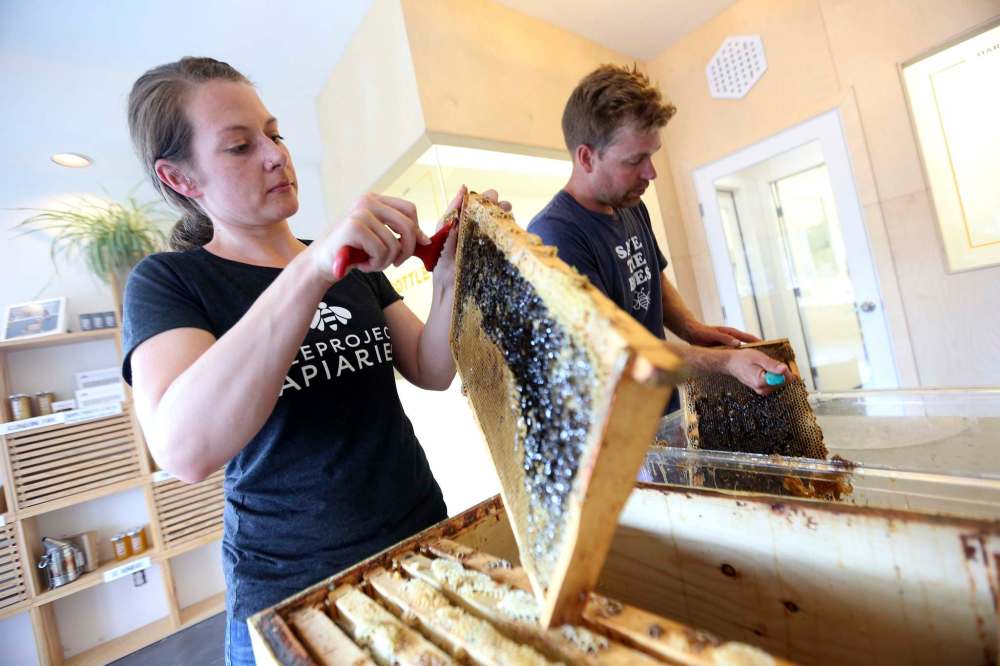Natural
Beeproject Apairies
Advertisement
Read this article for free:
or
Already have an account? Log in here »
To continue reading, please subscribe:
Monthly Digital Subscription
$0 for the first 4 weeks*
- Enjoy unlimited reading on winnipegfreepress.com
- Read the E-Edition, our digital replica newspaper
- Access News Break, our award-winning app
- Play interactive puzzles
*No charge for 4 weeks then price increases to the regular rate of $19.00 plus GST every four weeks. Offer available to new and qualified returning subscribers only. Cancel any time.
Monthly Digital Subscription
$4.75/week*
- Enjoy unlimited reading on winnipegfreepress.com
- Read the E-Edition, our digital replica newspaper
- Access News Break, our award-winning app
- Play interactive puzzles
*Billed as $19 plus GST every four weeks. Cancel any time.
To continue reading, please subscribe:
Add Free Press access to your Brandon Sun subscription for only an additional
$1 for the first 4 weeks*
*Your next subscription payment will increase by $1.00 and you will be charged $16.99 plus GST for four weeks. After four weeks, your payment will increase to $23.99 plus GST every four weeks.
Read unlimited articles for free today:
or
Already have an account? Log in here »
Hey there, time traveller!
This article was published 09/08/2018 (2683 days ago), so information in it may no longer be current.
Tens of thousands of bees had laboured for weeks to fill the hive, collecting sweet nectar from flowers and tucking it away in waxy honeycombs. Now, in a shared space at an Osborne Street hair salon, it’s time for time for the humans to do their part.
Apiculturists Lindsay Nikkel and Chris Kirouac of Beeproject Apiaries slide out each of the hive’s wooden frames, scraping through the honeycomb’s hexagonal cells with a special “scratcher” to let the honey flow freely.

Kirouac recommends a visitor try a rare luxury: a taste of fresh honey straight off the comb.
“That first bite of the honey of the season, when you’re experiencing that first bit of comb… I love to imagine the Neanderthals, or humans of 10,000 years ago, attacking beehives to get the honey out. Because there’s nothing like it in nature.”
It’s true — there’s nothing quite like this particular honey, even from the 88 other Beeproject hives at 36 sites across Winnipeg. This particular hive was perched atop the caboose at The Forks, so the honey tastes like local flowers and is tinged its own unique shade of gold.

Nikkel’s favourite local honey comes from Beeproject’s hives at Marymound School in the North End, where “the kids get super-involved in the project.” Last year the students even turned some of their honey harvest into salad dressings and sold them as a fundraiser.

“The flavour of it has — it’s almost like a peppery aftertaste,” she says. “And it’s natural, we didn’t add anything to it…. You’d expect something different or unique from the North End.”
Even after the scraping, there’s still plenty of honey left on the combs. Now the frames are spun in a hand-cranked centrifuge, freeing even more honey to ooze down the sides of a big steel pot and pool at the bottom.
The next step is to strain out any remaining dirt, wax and pollen, along with the remains of an unfortunate bee. A valve at the bottom of the pot is flipped open, and the viscous honey starts its slow journey through a fine filter. After a quick humidity test and a visual exam to grade the colour, the honey is ready to bottle.

Nikkel and Kirouac happily admit this isn’t the most efficient way to produce honey, but that’s not the point. As Kirouac explains, it’s all about raising public awareness of bees’ crucial jobs as pollinators.
“The beauty of it, and the excitement, is really what we’re trying to convey to people… the jar and the honey itself will cause people to ask questions.”
— Solomon Israel
Photography by Trevor Hagan



